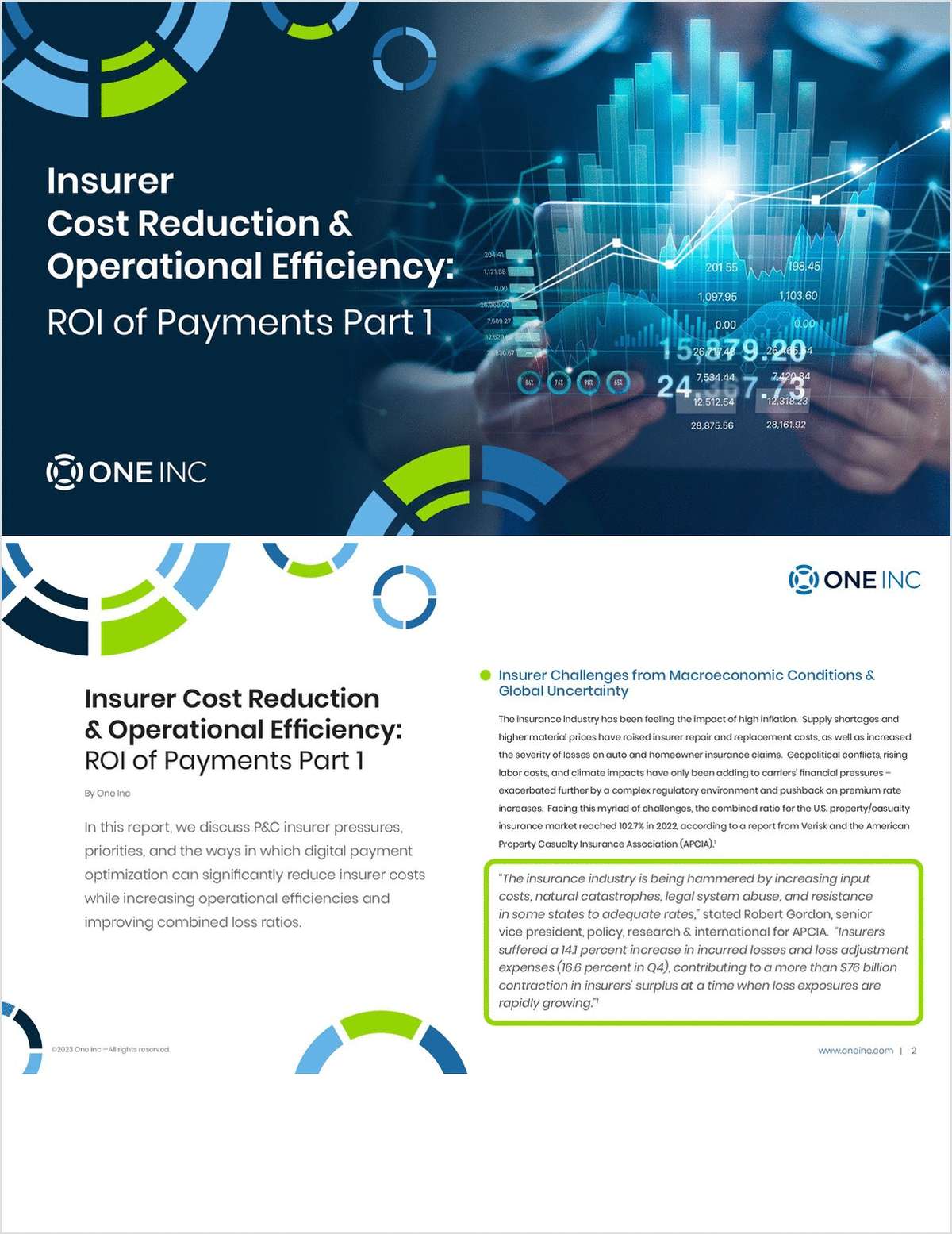Regulators to vote next month on model law examining insurer intentions
The National Association of Insurance Commissioners has stepped into the controversy over the use of finite reinsurance products with proposed new disclosure requirements.
According to a statement released by the NAIC last week, the latest proposed disclosures would require an insurer to report to state insurance regulators any agreement that has the effect of altering policyholders' surplus by more than 3 percent, or representing more than 3 percent of premium or losses.
“The new disclosure is also designed to identify any reinsurance contract that has been accounted for differently under statutory accounting principles compared to general financial statement purposes,” said an NAIC representative.
Additional reporting requirements regarding contract terms and management's intention in entering the contract have been included in the proposal, which is slated for final approval at the NAIC's summer meeting next month after a 30-day comment period.
The disclosure requirements met with preliminary approval from the NAIC Property and Casualty Reinsurance Study Group, which met in Chicago on May 10.
“The proposed enhanced disclosure requirements, in addition to an attestation by company management of entities that engage in these transactions, should clarify the overall impact of finite reinsurance on the industry,” said Joe Fritsch, director of insurance accounting policy for the New York Insurance Department.
Finite reinsurance contracts allow an insurer to transfer some of the risk on a contract to another carrier, but regulators are concerned that some reinsurance contracts do not transfer enough risk, and therefore do not qualify as an insurance contract.
American International Group is being investigated for at least one such contract with General Re Corp. So far, three current or former executives have been named as targets of a U.S. Securities and Exchange Commission probe into the matter.
While the NAIC grapples with solutions to alleged abuses of finite re to artificially bolster a carrier's balance sheet, the group's former president urged states to go slow in their own inquires while the national organization forges a common approach.
Ernst Csiszar–who took over last year as president of the Property Casualty Insurers Association of America after resigning as South Carolina insurance commissioner and NAIC president–said finite re products are legitimate tools and subject to appropriate guidance under both statutory and Generally Accepted Accounting Principles.
“I sincerely hope the NAIC's bureaucratic red tape does not result in the organization missing the mark and lending further fuel to the calls for additional federal regulatory intervention,” Mr. Csiszar said.
Meanwhile, Chubb Corp. last week said it received a subpoena from the U.S. Attorney for the Southern District of New York regarding the use of finite re products.
“Chubb believes this investigation involves a number of industry participants and that Chubb has not been singled out in being asked to provide such information,” the company stated in its SEC filing. “Chubb intends to cooperate fully with this investigation.”
“I sincerely hope the NAIC's bureaucratic red tape does not result in the organization missing the mark and lending further fuel to the calls for additional federal regulatory intervention.”
Ernst Csiszar, PCI President
Want to continue reading?
Become a Free PropertyCasualty360 Digital Reader
Your access to unlimited PropertyCasualty360 content isn’t changing.
Once you are an ALM digital member, you’ll receive:
- Breaking insurance news and analysis, on-site and via our newsletters and custom alerts
- Weekly Insurance Speak podcast featuring exclusive interviews with industry leaders
- Educational webcasts, white papers, and ebooks from industry thought leaders
- Critical converage of the employee benefits and financial advisory markets on our other ALM sites, BenefitsPRO and ThinkAdvisor
Already have an account? Sign In Now
© 2024 ALM Global, LLC, All Rights Reserved. Request academic re-use from www.copyright.com. All other uses, submit a request to [email protected]. For more information visit Asset & Logo Licensing.








